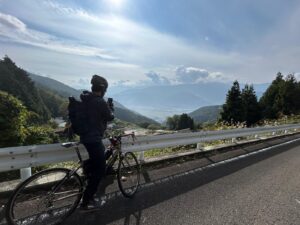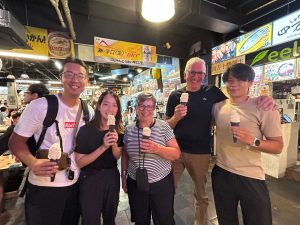Discover Oku-Shimanto: Japan’s Hidden Nature and Culture in Shikoku
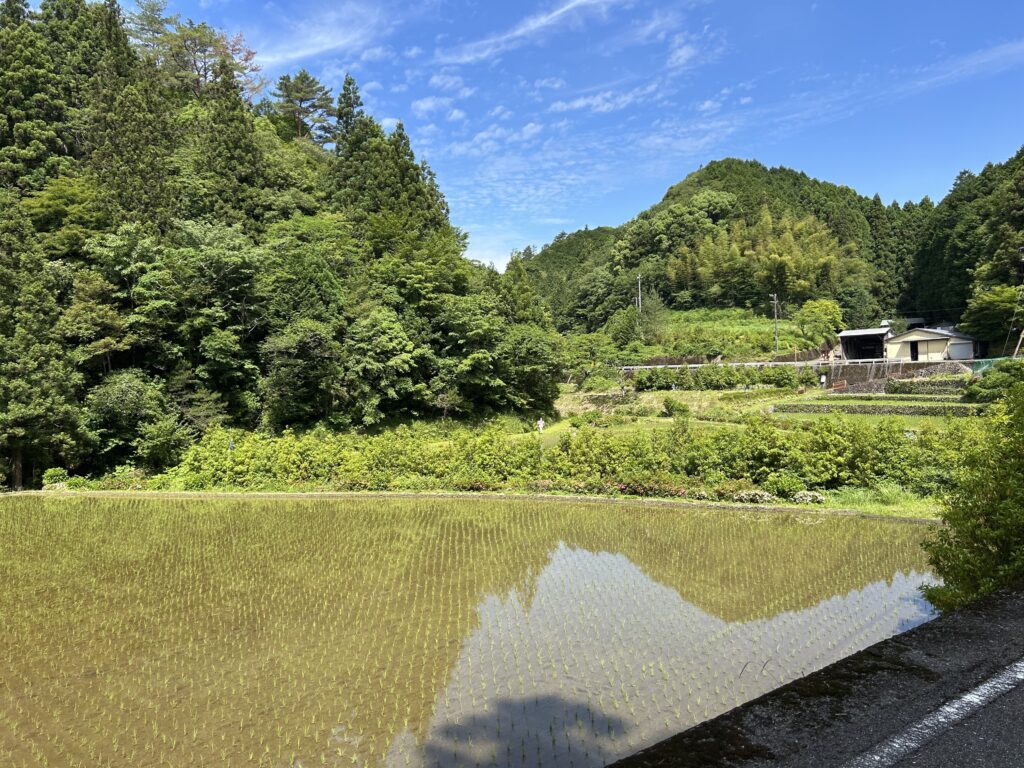
Looking to reconnect with Japan’s timeless landscapes?
Nestled in the southwestern corner of Shikoku, the Oku-Shimanto region is a treasure trove of nature—mountains, rivers, and the sea—alongside charming towns and deep-rooted traditions. Far from the bustle of city life, it offers a quiet, restorative atmosphere for those seeking something truly off the beaten path.
It’s also a key part of our 9-day cycling tour, and through firsthand experience, I’d love to share what makes this region so special.
Contents
What Is Oku-Shimanto?
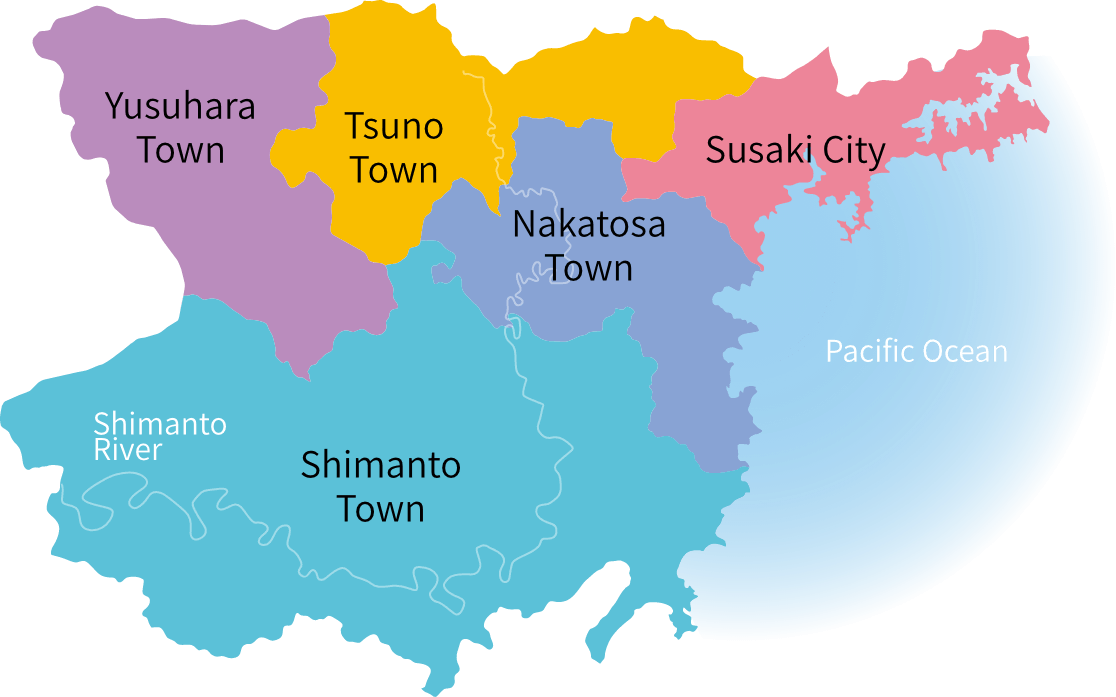
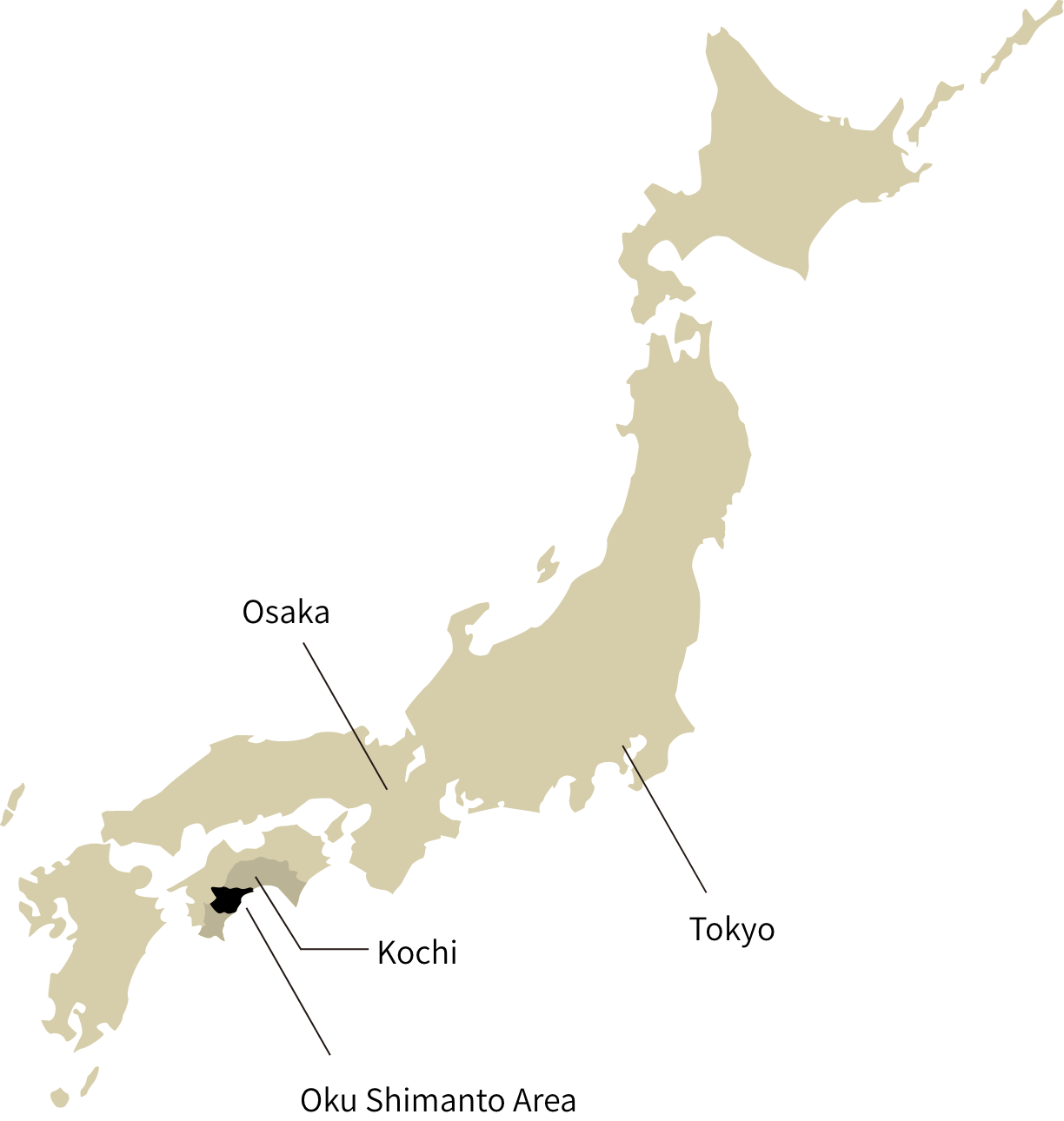
Source:https://okushimanto.jp/about
Located in southwestern Shikoku, Oku-Shimanto is made up of five towns and is just about an hour’s drive from Kochi City, making it surprisingly accessible.
It’s home to the headwaters of the Shimanto River—one of Japan’s most iconic waterways—and the Shikoku Karst, one of the country’s three major karst landscapes. Facing the Pacific Ocean, the area is ideal for adventure travel: river and ocean activities, fishing, and mountain cycling are all part of the experience.
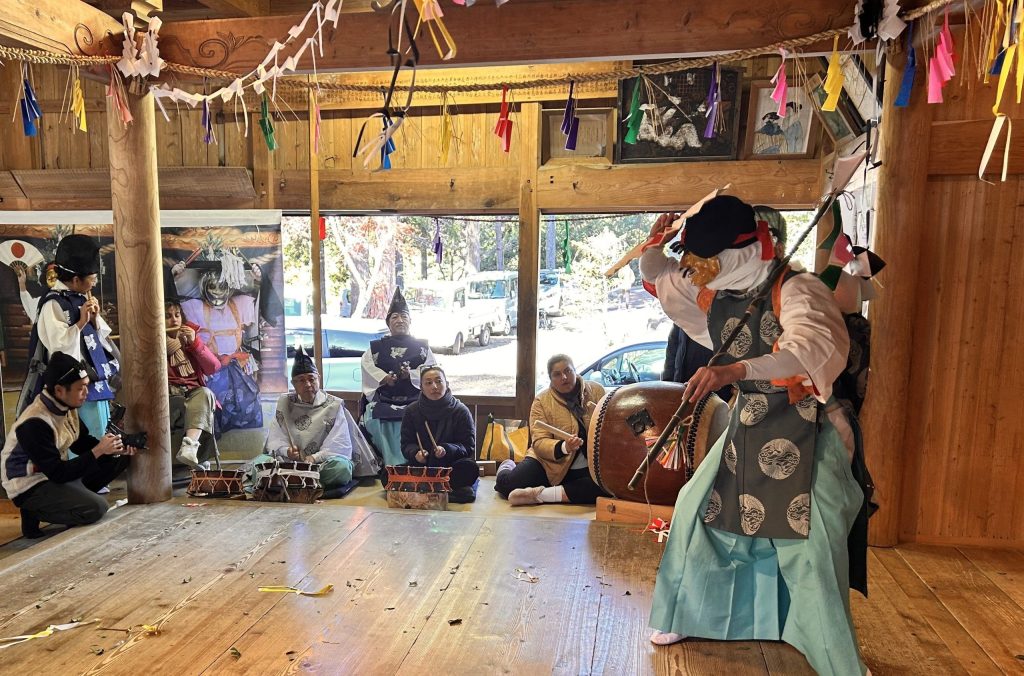

Culturally, the region preserves ancient traditions like the Tsunoyama Kagura, a sacred dance ritual with over 1,000 years of history. Yusuhara Town, with its modern yet nature-harmonized architecture by renowned architect Kengo Kuma, offers a unique blend of tradition and innovation.
Visit the official travel website to explore more about Oku-Shimanto.

Recommended Spots in Oku-Shimanto
As cycling guides who explore this region daily, here are some of our favorite places:
Shikoku Karst
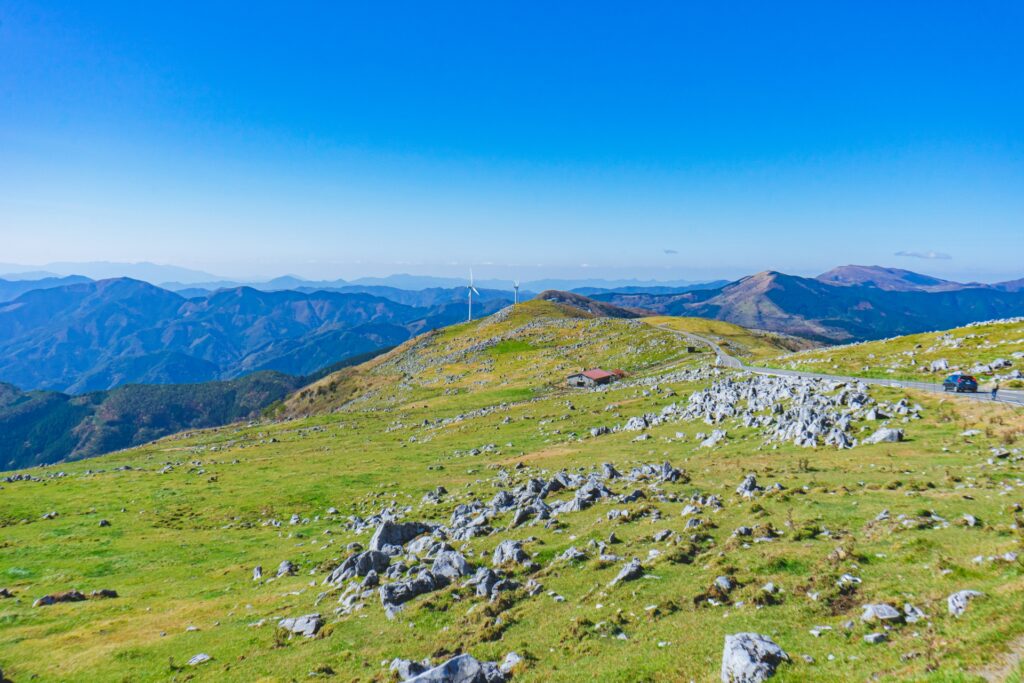
One of Japan’s three major karst landscapes, the Shikoku Karst sits at an elevation of 1,500 meters and offers sweeping views of the Shikoku mountain range.
Wide-open grasslands dotted with grazing cattle evoke a pastoral charm reminiscent of Switzerland or northern Italy. The single road that runs along the ridge is so scenic, you’ll find yourself stopping just to take it all in.
Straddling the border between Kochi and Ehime prefectures, the descent into Kochi leads you directly into the Oku-Shimanto region. After exploring the Karst, we highly recommend continuing on to Yusuhara Town—a gentle downhill ride into one of the area’s most peaceful communities.
Yusuhara Town
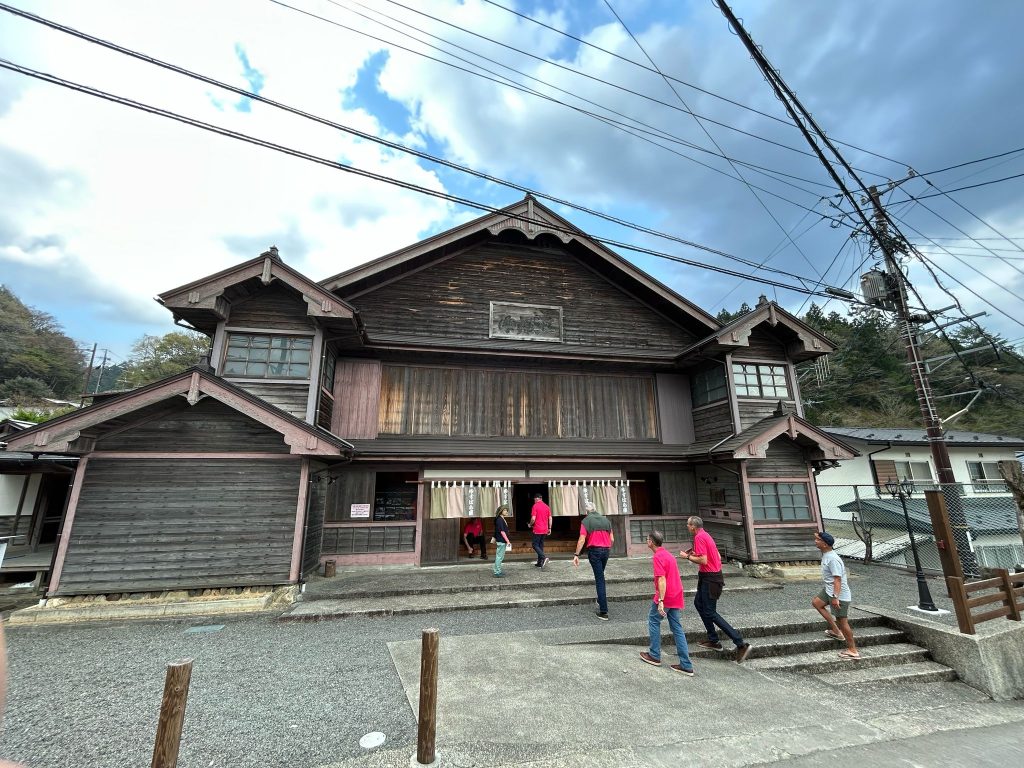
Tucked deep in the mountains, Yusuhara is a small inland town built around a beautifully maintained main street. Though modest in scale, its townscape is striking—especially thanks to the unique architecture found throughout.
The town features several buildings designed by world-renowned Japanese architect Kengo Kuma, including a stunning library whose exterior and interior invite quiet contemplation.
Yusuhara-za, a traditional wooden theater, offers a glimpse into Japan’s performing arts heritage, with a stage once used for kabuki and local plays.
The town’s tranquil atmosphere often leaves a lasting impression—many of our guests have said they could imagine living here. If you’re visiting Oku-Shimanto, Yusuhara is a must-see stop.
Kuma-aki Chinka Bridge
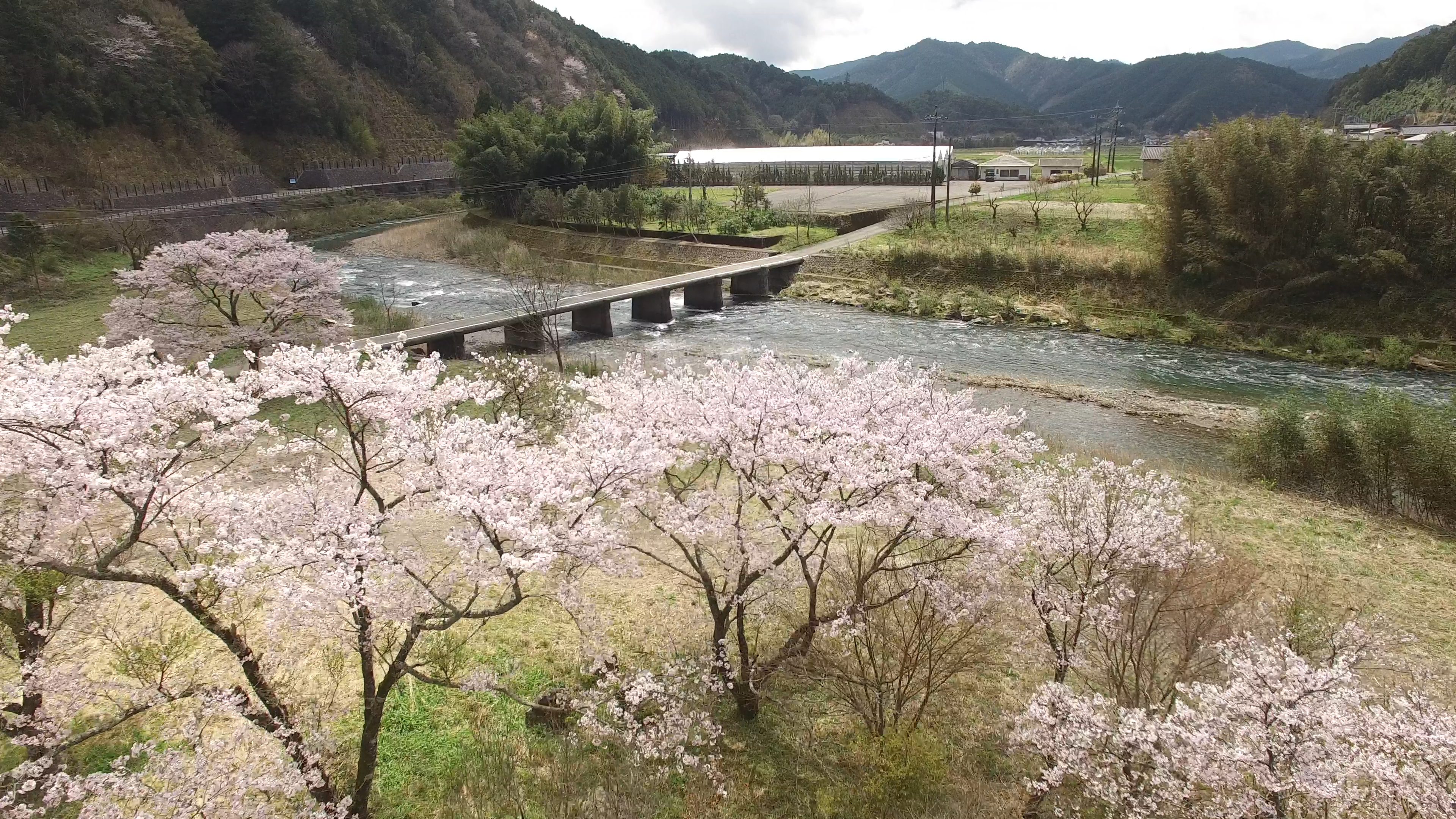
A quiet little spot we often include on our cycling tours, Kuma-aki Chinka Bridge is one of the many Chinka Bridge—low-water bridges—scattered across Shikoku. These unique bridges are built without railings, a clever design that allows floodwaters and drifting logs to pass over without damaging the structure.
Though small in scale, Kuma Chinka Bridge has ample space at both ends to park a car or bicycle, making it a perfect place to pause and enjoy the view of the stream and surrounding countryside.
Just nearby, there’s a natural spring where we often stop to collect fresh water—an ideal base for brewing coffee. It’s become a bit of a ritual on our tours, and guests love the moment of calm it brings.
Fusegasaka Tea Field
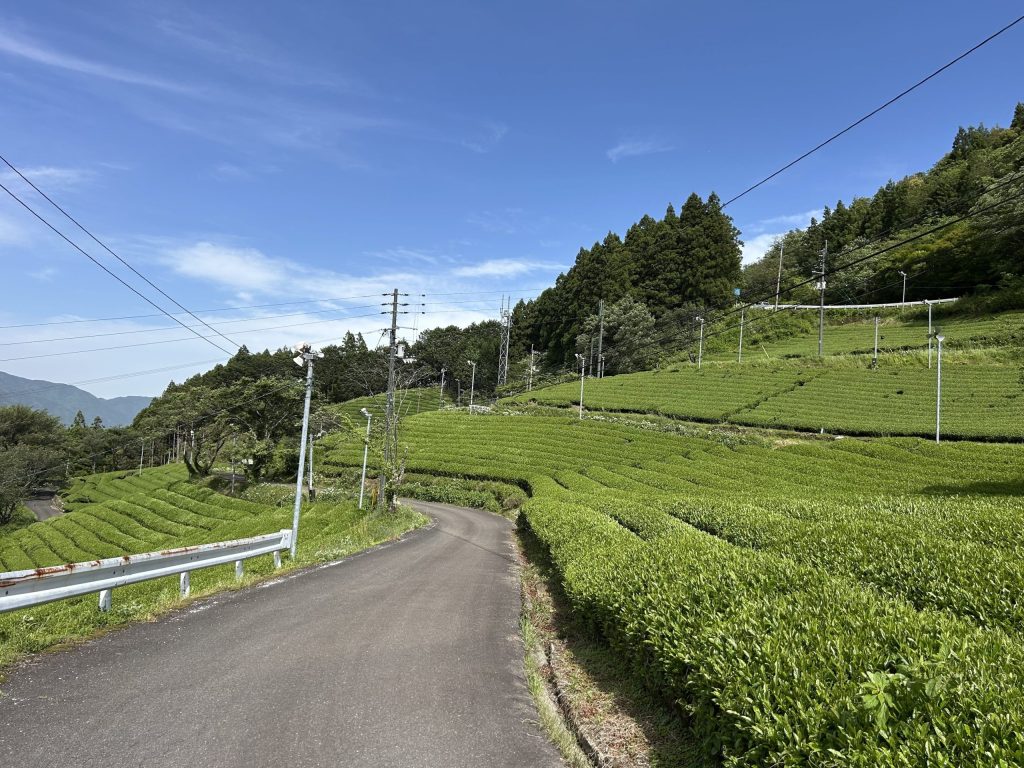
Nestled in a quiet valley, the tea fields of Fusegasaka are a serene and beautiful sight. Oku-Shimanto is known for its high-quality tea, and the area is well-equipped with gentle roads that allow for relaxed exploration by bike or car.
Riding through these satoyama landscapes is a refreshing experience, offering a taste of rural Japan at its most peaceful.
The tea produced here is golden in color and more fragrant than typical green tea. Just nearby, you’ll find the Fusegasaka roadside station—an ideal place to pick up some locally grown tea to take home.
Kure Taisho Market
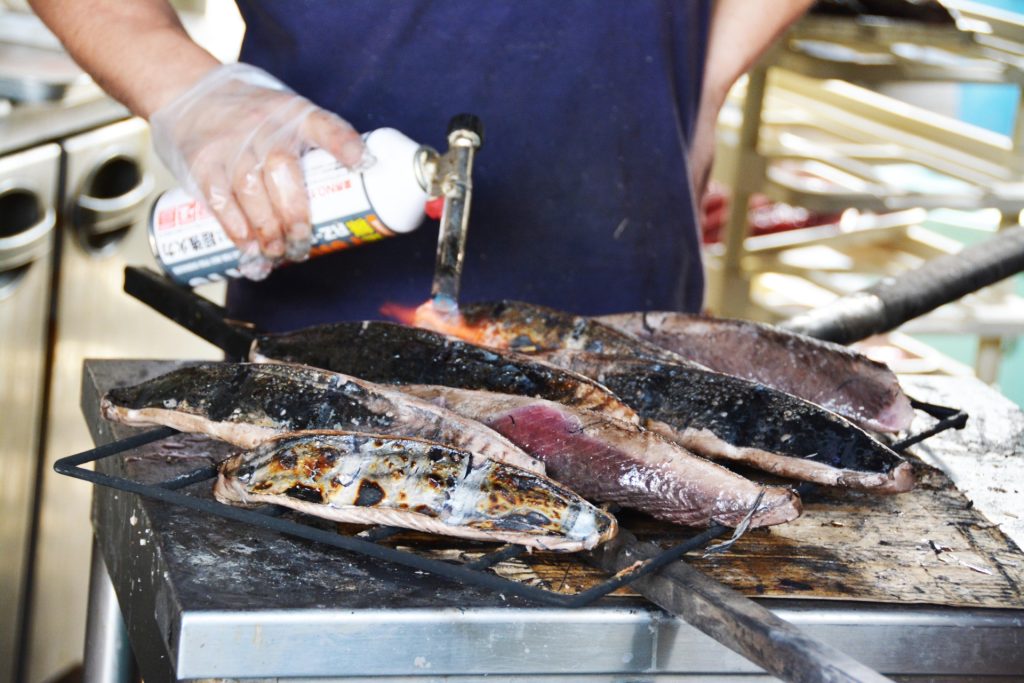
Located in Nakatosa, Kure Taisho Market is a small open-air market with over a century of history. It’s a beloved local spot where you can find freshly caught seafood and seasonal produce.
At the very back of the market is the famous Tanaka Fish Shop, known for its long lines and exceptional quality. If you visit, don’t miss their katsuo no tataki—seared bonito that’s a regional specialty and a true taste of Kochi.
The surrounding town is also worth exploring, with charming shrines and a local sake brewery nearby. Take a stroll and soak in the laid-back atmosphere of this coastal community.
Katabirasaki Obeservatory
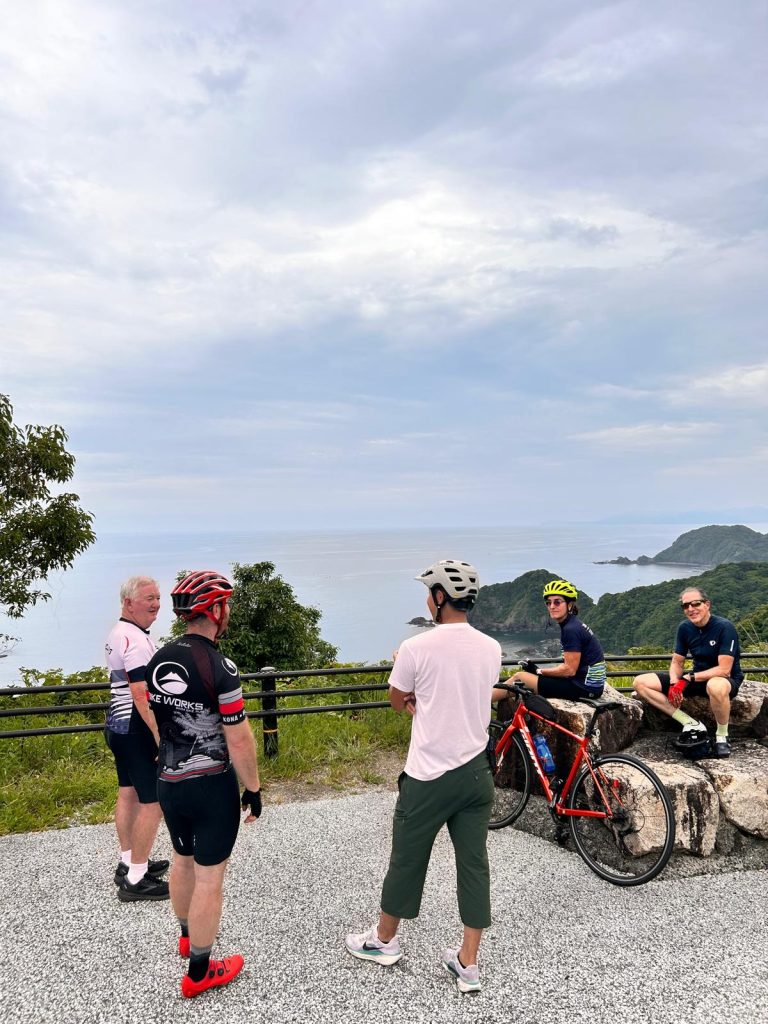
Perched on a peninsula in Susaki City, Katagosaki Observatory offers one of the most breathtaking views of the Pacific Ocean in the region.
Whether you’re driving or cycling along the coast, this spot is well worth a stop. The panoramic vista from the observatory provides a real sense of arrival—like you’ve reached the edge of Japan and the vastness beyond.
It’s a quiet, rewarding place to pause, take in the sea breeze, and reflect on the journey so far.
The Journey Itself
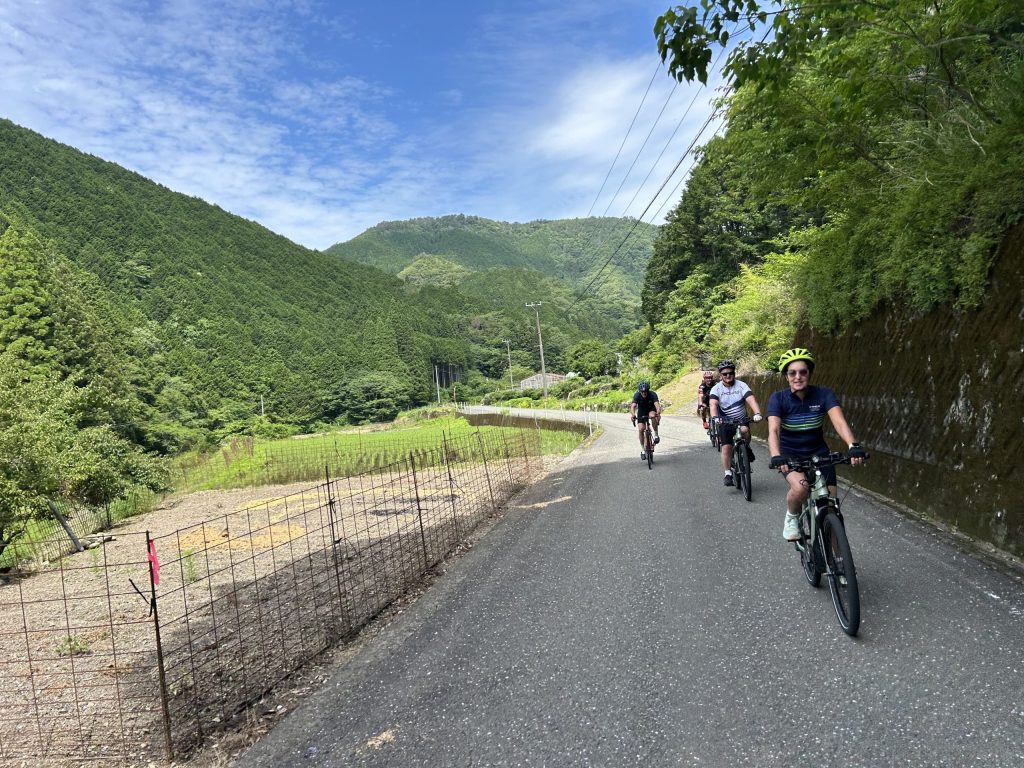
Beyond the named spots, it’s the everyday scenery that often leaves the deepest impression: quiet mountain villages, forested descents, and rice fields tucked between hills.
Guests from abroad often remark how these rural landscapes feel worlds away from urban Japan. Riding through these areas, surrounded by trees and tradition, offers a true escape into nature and a glimpse of a slower, more grounded way of life.
That’s why I always recommend traveling by bicycle or on foot—modes that allow you to truly soak in the atmosphere and connect with the surroundings.
We offer a 9-day cycling tour that includes the Oku-Shimanto region, designed to showcase this immersive experience. If you're curious, take a look below.
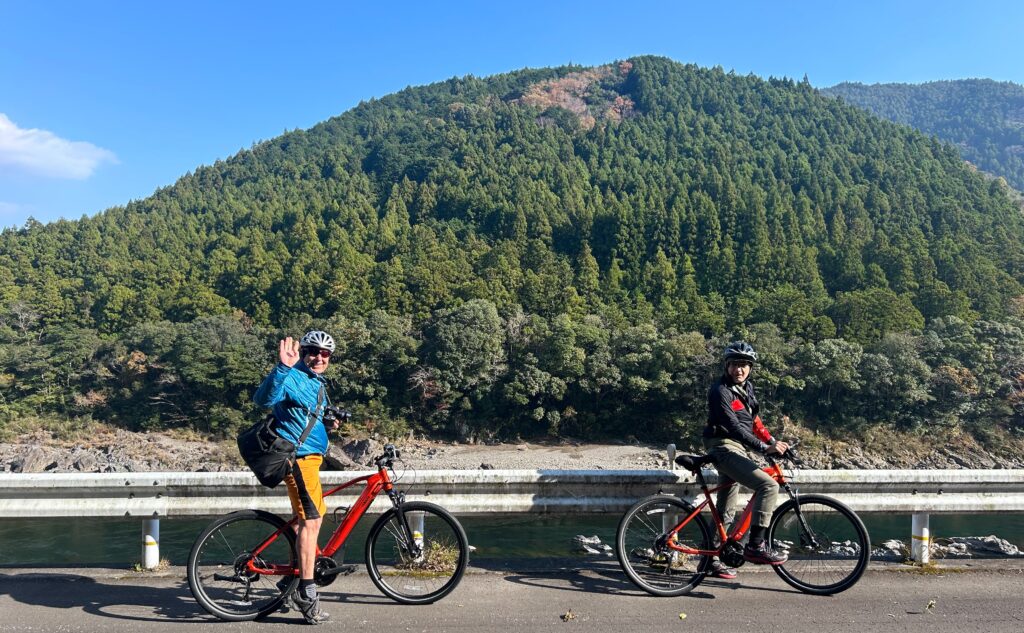
Winter Hot spring Cycling Tour
Breathe in winter. Ride through serenity.
Cycle beneath blue skies, across Shikoku’s tranquil landscapes in Japan. End each day in a warm onsen and a cozy inn—where the chill fades and renewal begins.
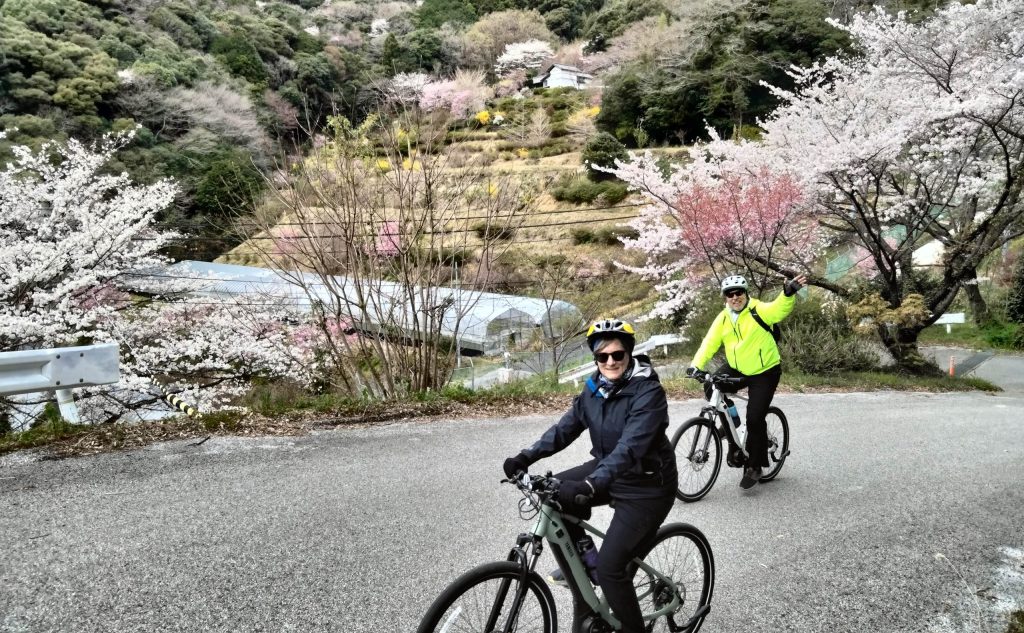
Cherry Blossom Cycling Tour
Pedal into the poetry of spring.
Escape the crowds on a 9-day ride through Japan’s Shikoku, tracing peaceful backroads where cherry-lined rivers, quiet temples, and secret village paths bloom just for you.
Conclusion
The unique charm of Oku-Shimanto lies in its preserved landscapes, traditional lifestyles, and deep cultural roots—elements that are increasingly rare in modern Japan. This region remains one of Shikoku’s best-kept secrets, known to those who seek authentic travel experiences away from the crowds.
If you're planning a trip through Shikoku, consider adding Oku-Shimanto to your itinerary. From historic bridges and forest trails to hands-on local cuisine and quiet village life, this area offers a rich and memorable glimpse into Japan’s natural and cultural heritage.
Explore Oku-Shimanto—and let your journey through Shikoku reveal a deeper side of Japan.

